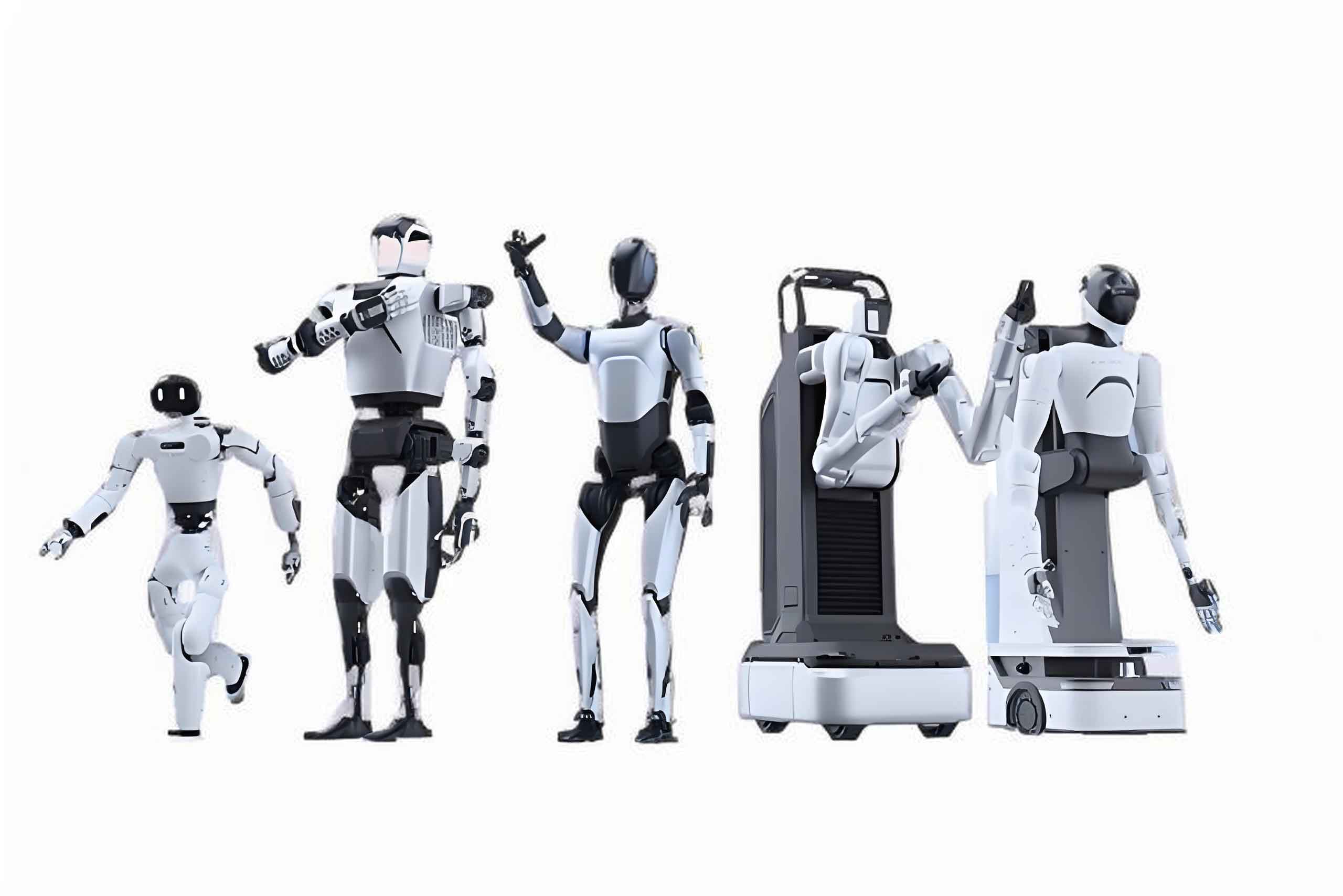The competitive landscape for advanced AI robots shifted dramatically this week as Agibot Robotics announced the closure of a significant funding round. JD Technology and the Shanghai Embodied Intelligence Fund emerged as strategic investors, collectively acquiring a controlling 50.1% stake in the company. This investment underscores accelerating confidence in Agibot’s vision to redefine industrial and service-oriented AI robotics.

Strategic Investment Breakdown
JD Technology, the technological arm of e-commerce titan JD.com, now holds a 25% ownership stake. The Shanghai Embodied Intelligence Fund, backed by municipal initiatives to dominate next-generation automation, secured another 25.1%. Existing stakeholders retain 49.9% ownership. Industry analysts interpret JD’s involvement as a direct play to integrate Agibot’s AI robots into its logistics networks, warehousing, and last-mile delivery ecosystems. The Shanghai fund’s participation signals governmental endorsement of Agibot’s proprietary navigation systems, including SLAM (Simultaneous Localization and Mapping) technology critical for autonomous mobility.
Technical Capabilities Driving Valuation
Agibot’s valuation surge—reportedly nearing $1 billion—stems from breakthroughs in embodied intelligence. Its AI robots demonstrate unprecedented adaptability in unstructured environments, leveraging multi-sensor fusion and real-time decision-making algorithms. Unlike conventional automation, Agibot’s platforms learn from human interactions, refining tasks like precision assembly and hazardous material handling without reprogramming. The company’s January 2025 deployment of over 1,000 units across manufacturing and healthcare sites provided tangible performance data, attracting investor attention.
Market Context and Competitive Pressure
This funding occurs amid fierce global competition to scale AI robot production. Analysts note that Agibot’s ability to secure capital from both corporate and state-aligned entities positions it uniquely against rivals in the U.S., EU, and Japan. JD’s logistics expertise offers immediate commercial pathways, while the Shanghai fund unlocks policy support and R&D subsidies. Agibot’s focus on “human-centric” AI robots—machines collaborating safely alongside workers—aligns with labor shortage challenges in aging economies.
Investor Vision and Future Roadmap
JD Technology’s Chief Investment Officer emphasized “vertical integration” as a core motive: “Agibot’s AI robots will transform JD’s supply chain resilience, reducing operational costs by 30% in pilot facilities.” The Shanghai fund highlighted “strategic autonomy” in critical robotics infrastructure. Agibot confirmed plans to channel funds into mass production facilities and AI chip development, reducing reliance on Western semiconductors.
Ethical and Economic Implications
The rise of Agibot intensifies debates about workforce displacement. However, company engineers argue their AI robots augment human labor, citing deployments where injury rates dropped 45% in high-risk settings. Economists predict Agibot’s expansion could create 12,000 high-tech jobs in Shanghai’s AI corridor by 2027. Regulatory scrutiny remains inevitable, particularly regarding data sovereignty and AI decision transparency.
Global AI Robotics Race Accelerates
Agibot’s funding exemplifies China’s aggressive push to lead the $250 billion AI robotics market by 2030. Unlike U.S. firms focusing on consumer-facing AI robots, Agibot prioritizes industrial and healthcare applications—sectors demanding rigorous reliability. Competitors like Boston Dynamics and Fanuc now face a well-capitalized challenger with state-backed advantages in scaling manufacturing.
Conclusion: Inflection Point for AI Robotics
Agibot’s landmark financing signals more than corporate growth; it reflects a geopolitical shift in AI robot development. With JD’s commercialization prowess and Shanghai’s institutional support, Agibot is poised to accelerate the real-world deployment of intelligent machines. As these AI robots evolve from prototypes to indispensable tools, their impact on global supply chains, healthcare, and manufacturing efficiency will resonate far beyond investment portfolios. The question is no longer whether AI robots will permeate society, but how swiftly Agibot can convert technological promise into ubiquitous utility.
